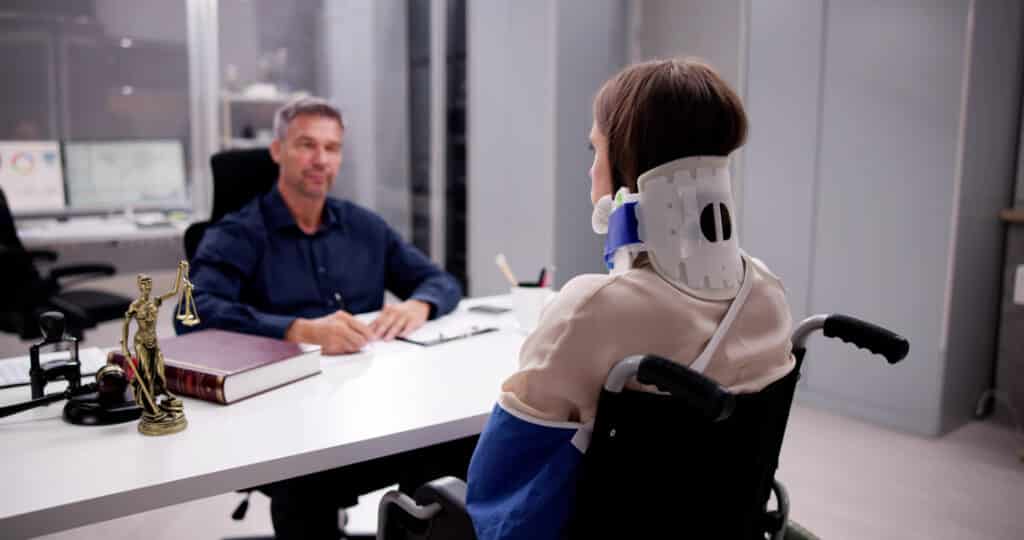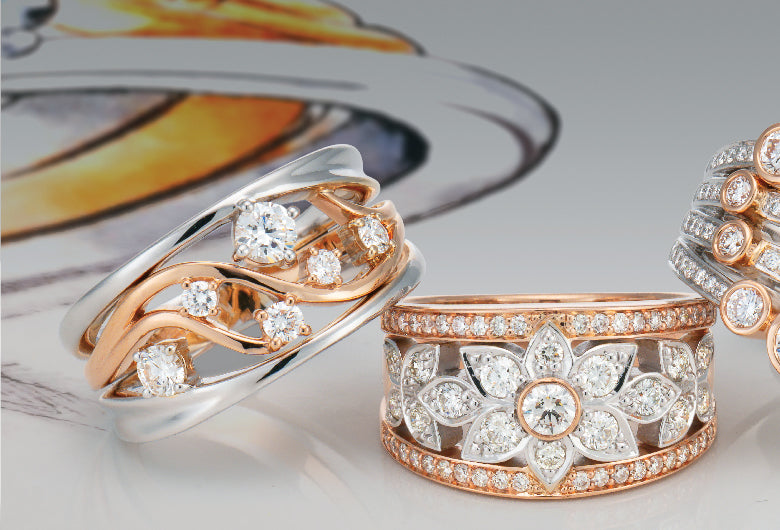In recent years, lab grown diamonds have emerged as a game-changer in the world of fine jewelry. As consumers become increasingly conscious of ethical concerns and environmental impact, lab grown diamonds offer a sustainable and affordable alternative to traditional mined diamonds. These diamonds are not only chemically identical to their natural counterparts, but they also come with several unique advantages that make them an attractive option for those looking to invest in high-quality jewelry. In this article, we will explore the many benefits of lab grown diamonds, their production process, and why they are becoming the preferred choice for consumers worldwide.
What Are Lab Grown Diamonds?
Lab grown diamonds, often referred to as synthetic diamonds or man-made diamonds, are diamonds that are created in a controlled laboratory environment using advanced technology. Unlike natural diamonds, which are formed over millions of years deep within the Earth’s crust, lab grown diamonds are produced within a much shorter time frame, usually within weeks or months. However, the key distinction is that lab grown diamonds have the same chemical composition, physical properties, and optical characteristics as mined diamonds, making them virtually indistinguishable to the naked eye.
There are two main methods used to create lab grown diamonds: High Pressure High Temperature (HPHT) and Chemical Vapor Deposition (CVD). Both techniques replicate the natural conditions under which diamonds form, ensuring that the resulting stones are of the same quality and appearance as those found in nature. This makes lab grown diamonds a compelling choice for those seeking a diamond that is both high-quality and ethically sourced.
The Environmental Benefits of Lab Grown Diamonds
One of the most significant advantages of lab grown diamonds is their environmental impact. Traditional diamond mining is associated with a range of negative environmental consequences, including habitat destruction, soil erosion, water pollution, and the depletion of natural resources. The process of mining diamonds is energy-intensive and requires the removal of large amounts of earth, which can have a devastating impact on local ecosystems.
In contrast, lab grown diamonds are produced in a controlled environment that uses far fewer natural resources and generates less waste. Because they are created in laboratories rather than being extracted from the Earth, lab grown diamonds offer a more sustainable option for consumers who are concerned about the environmental cost of their purchases. By choosing lab grown diamonds, consumers can enjoy the beauty and luxury of diamonds while minimizing their environmental footprint.
Ethical Considerations in the Diamond Industry
Ethical concerns have long been a significant issue in the diamond industry. Traditional diamond mining has been linked to human rights abuses, including child labor, unsafe working conditions, and exploitation of workers in developing countries. The diamond trade has also been associated with funding conflict and violence, particularly in regions affected by civil wars and political instability.
Lab grown diamonds offer an ethical alternative to mined diamonds, as they are created in a controlled and transparent environment. There are no concerns about labor exploitation or conflict diamonds, as lab grown diamonds do not involve mining or the risks associated with it. For consumers who value ethical sourcing and social responsibility, lab grown diamonds are an excellent choice, providing peace of mind that their purchase is not contributing to human rights abuses or environmental harm.
The Affordability of Lab Grown Diamonds
In addition to their environmental and ethical advantages, lab grown diamonds are often more affordable than their mined counterparts. Because the production of lab grown diamonds does not require the same extensive mining operations, they are typically priced lower than natural diamonds of similar size and quality. The lower production costs make lab grown diamonds a more budget-friendly option for consumers, allowing them to purchase a larger or higher-quality diamond without breaking the bank.
The cost savings of lab grown diamonds can be particularly appealing when purchasing engagement rings, wedding bands, or other high-value jewelry. With the money saved on the diamond itself, consumers can choose higher-quality settings or opt for larger stones, giving them more flexibility in creating their dream piece of jewelry. For many, the affordability of lab grown diamonds makes luxury more accessible without compromising on quality or appearance.
Lab Grown Diamonds and Their Quality
One of the most common misconceptions about lab grown diamonds is that they are of inferior quality compared to mined diamonds. However, this is simply not true. Lab grown diamonds are chemically identical to natural diamonds and have the same physical properties, including hardness, brilliance, and durability. The only difference between the two is their origin.
When it comes to quality, lab grown diamonds undergo the same rigorous grading process as mined diamonds, with the same criteria used to assess their cut, color, clarity, and carat weight (the 4Cs). Lab grown diamonds are available in a wide range of qualities, from flawless stones to those with minor inclusions, offering consumers plenty of options to choose from depending on their preferences and budget.
Furthermore, lab grown diamonds can be produced to specific specifications, allowing for greater control over the final product. This means that buyers can find lab grown diamonds that meet their exact requirements in terms of size, shape, and quality. Whether you are looking for a round brilliant cut or a princess cut diamond, lab grown diamonds offer a high degree of customization to meet your needs.
The Growing Popularity of Lab Grown Diamonds
The demand for lab grown diamonds has been steadily increasing in recent years, as more consumers become aware of the benefits they offer. Lab grown diamonds are now widely available at jewelry stores and online retailers, making it easier than ever for consumers to access these ethically sourced, affordable stones. As technology continues to advance, the quality and availability of lab grown diamonds will only improve, making them an even more attractive option for those seeking high-quality, sustainable jewelry.
The growing popularity of lab grown diamonds can also be attributed to shifting consumer values. As sustainability and ethical sourcing become more important to modern consumers, lab grown diamonds offer a solution that aligns with these values. Whether purchasing an engagement ring, a gift for a special occasion, or simply a beautiful piece of jewelry, lab grown diamonds allow consumers to make a conscious choice without sacrificing quality or beauty.
Conclusion: Why Lab Grown Diamonds Are the Future of Jewelry
Lab grown diamonds represent the future of the diamond industry, offering a sustainable, ethical, and affordable alternative to traditional mined diamonds. These diamonds are chemically identical to natural diamonds, meaning they provide the same beauty and luxury without the negative environmental or ethical implications. With their growing popularity and increasing availability, lab grown diamonds are quickly becoming the preferred choice for consumers worldwide.
















